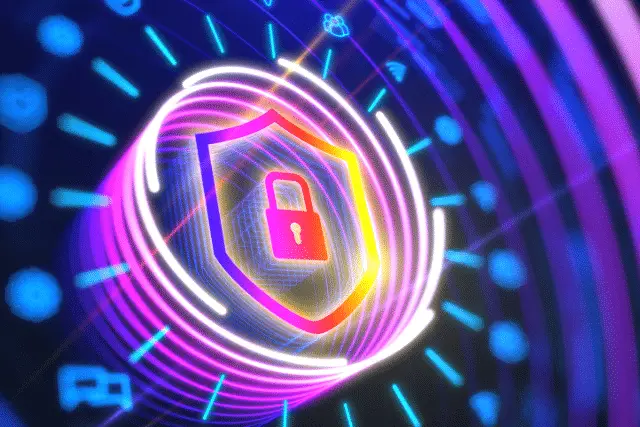Throughout 2024, headlines have been filled with high-profile cyberattacks, breaches, and evolving threats. These threats are impacting everyone from individuals to large businesses.
Not taking any precautions will leave you open to a variety of attacks, jeopardizing your data privacy and device security.
Here’s everything you need to know about the current threat landscape and the practices you must adopt to protect yourself.
The cybersecurity landscape is evolving
Over the last few years, cybersecurity concerns have grown significantly. Thanks to evolutions in Artificial Intelligence (AI) and Machine Learning (ML), attacks are more frequent and increasingly sophisticated.
Since the launch of ChatGPT in November 2022, phishing attacks have skyrocketed by 1,265%.
Similar trends are expected as attackers continue to adopt the latest technologies to execute attacks. For example, deepfake technology has gotten so advanced, that criminals are using it to imitate known individuals to make their attacks more believable.
With these developments, robust cybersecurity measures are no longer optional; they’re a necessity to protect your privacy and sensitive information.
Essential cybersecurity practices for everyone
To get you started on your journey toward cyber safety, here are five essential practices you should adopt to enhance your cybersecurity posture:
1. Strong passwords
Your passwords are the first line of defense against cyber threats. Attackers constantly attempt to breach accounts via brute-force attacks, exploiting weak or easily guessable passwords.
Follow these best practices to create strong passwords:
- Aim for a minimum length of 12 characters
- Never include personal info (e.g., birthday or hometown)
- Include numbers and special characters
- Use a combination of lower and upper-case letters
Another important point is to never use the same password for multiple accounts. This can be challenging, considering how many accounts the average internet user has. In that case, you should consider using a password manager.
2. Ad blockers
Ads are everywhere on the Internet. Most popular sites have them enabled, and not only are they annoying, but they could potentially be dangerous. Malicious ads can appear anywhere, even on legitimate websites. These ads can deliver malware to your device or lead you to a harmful website.
A reliable ad blocker is an essential tool to combat malvertising. They can be installed as an extension for your browser, and most are completely free. Not only do ad blockers remove ads from websites, but also from video streaming services.
Keep in mind that certain websites will detect that you have an ad blocker installed and ask you to disable it to access their content.
3. Multi-factor authentication
Attackers have many methods for obtaining user credentials, so simply having a strong password doesn’t guarantee safety. You also need to protect your account with multi-factor authentication (MFA). The additional authentication factor will prevent unauthorized access to your account, even if someone has your password.
Popular authentication methods include authentication apps, SMS or email verification codes, push notifications, etc. Most popular platforms and services have MFA available, which you can typically activate in your account settings.
4. Regular software updates
Vulnerabilities in software are a common way cybercriminals infiltrate targets. For example, in early 2024, hackers exploited a vulnerability in Microsoft Azure to gain access to hundreds of customer accounts.
The only way to prevent this is by regularly updating your software. These updates contain fixes and patches to critical security issues, closing potential entry points for attacks.
Hackers constantly look for vulnerabilities in software and actively work to exploit them before the software’s developers are even aware of the issue. These are also known as zero-day vulnerabilities.
5. Personal data privacy
Personal data privacy is at an all-time low. All of our personal and professional lives are exposed online, often voluntarily on social media and other channels. In this highly interconnected landscape, it’s hard to prioritize the privacy of your personal data. However, it’s also not impossible.
There are some steps you can take to reduce your digital footprint, such as opting out of data collection from apps and websites and regularly clearing your cookies. Additionally, you should consider data removal services. These services specialize in identifying and removing your data from data brokers and other online databases.
Conclusion
Cybersecurity is a trending topic in 2024, as individuals and companies are feeling the wrath of increasingly sophisticated attacks. Improving your cyber hygiene will go a long way in preventing a disaster.
This includes adopting practices like using strong passwords, enabling 2FA, and regularly updating your software. External tools like ad blockers, password managers, and data removal services are also very beneficial.

